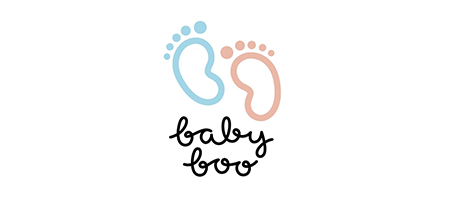What is autism?
Autism expresses itself through a spectrum of symptoms. Autism spectrum disorder appears in infancy and early childhood, causing delays in many basic areas of development, such as learning to talk, play, and interact with others.
The signs and symptoms of autism vary widely, as do its effects. Some children with autism have only mild impairments, while others have more obstacles to overcome. However, every child on the autism spectrum has problems, at least to some degree, in the following three areas:
Communicating verbally and non-verbally
Relating to others and the world around them
Thinking and behaving flexibly
There are different opinions among doctors, parents, and experts about what causes autism and how best to treat it. There is one fact, however, that everyone agrees on: early and intensive intervention helps. For children at risk and children who show early signs, it can make all the difference. But no matter your child’s age, don’t lose hope. Treatment can reduce the disorder’s effects and help your child thrive in life.
One baby’s story
Melanie is a healthy one-year old, but her parents are worried about her development because she’s not doing many things that her older brother did at her age, like playing peek-a-boo and mimicking expressions and gestures. Melanie’s mom and dad try to engage her with toys, songs, and games, but nothing they do gets her interest, let alone a laugh or a smile. In fact, she rarely makes eye contact. And although her hearing has been checked and is normal, she doesn’t babble, make other baby noises, or respond when her parents call her name. Melanie needs to be checked out by a child development specialist right away.
How parents can spot the warning signs
As a parent, you’re in the best position to spot the earliest warning signs of autism. You know your child better than anyone and observe behaviors and quirks that a pediatrician, in a quick fifteen-minute visit, might not have the chance to see. Your child’s pediatrician can be a valuable partner, but don’t discount the importance of your own observations and experience. The key is to educate yourself so you know what’s typical and what’s not.
Monitor your child’s development. Autism involves a variety of developmental delays, so keeping a close eye on when—or if—your child is hitting the key social, emotional, and cognitive milestones is an effective way to spot the problem early on. While developmental delays don’t automatically point to autism, they may indicate a heightened risk.
Take action if you’re concerned. Every child develops at a different pace, so you don’t need to panic if your child is a little late to talk or walk. When it comes to healthy development, there’s a wide range of “typical.” But if your child is not meeting the milestones for his or her age, or you suspect a problem, share your concerns with your child’s doctor immediately. Don’t wait.
Don’t accept a wait-and-see approach. Many concerned parents are told, “Don’t worry” or “Wait and see.” But waiting is the worst thing you can do. You risk losing valuable time at an age where your child has the best chance for improvement. Furthermore, whether the delay is caused by autism or some other factor, developmentally delayed kids are unlikely to simply “grow out of” their problems. In order to develop skills in an area of delay, your child needs extra help and targeted treatment.
Trust your instincts. Ideally, your child’s doctor will take your concerns seriously and perform a thorough evaluation for autism or other developmental delays. But sometimes, even well-meaning doctors miss red flags or underestimate problems. Listen to your gut if it’s telling you something is wrong, and be persistent. Schedule a follow-up appointment with the doctor, seek a second opinion, or ask for a referral to a child development specialist.
Regression of any kind is a serious autism warning sign
Some children with autism spectrum disorder start to develop communication skills and then regress, usually between 12 and 24 months. For example, a child who was communicating with words such as “mommy” or “up” may stop using language entirely, or a child may stop playing social games he or she used to enjoy such as peek-a-boo, patty cake, or waving “bye-bye.” Any loss of speech, babbling, gestures, or social skills should be taken very seriously, as regression is a major red flag for autism.
Signs and symptoms of autism in babies and toddlers
If autism is caught in infancy, treatment can take full advantage of the young brain’s remarkable plasticity. Although autism is hard to diagnose before 24 months, symptoms often surface between 12 and 18 months. If signs are detected by 18 months of age, intensive treatment may help to rewire the brain and reverse the symptoms.
The earliest signs of autism involve the absence of typical behaviors—not the presence of atypical ones—so they can be tough to spot. In some cases, the earliest symptoms of autism are even misinterpreted as signs of a “good baby,” since the infant may seem quiet, independent, and undemanding. However, you can catch warning signs early if you know what to look for.
Some autistic infants don’t respond to cuddling, reach out to be picked up, or look at their mothers when being fed.











